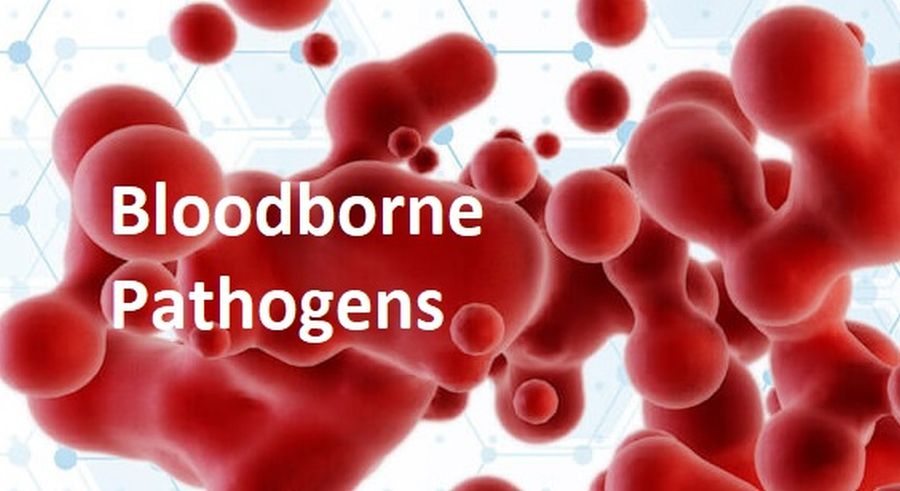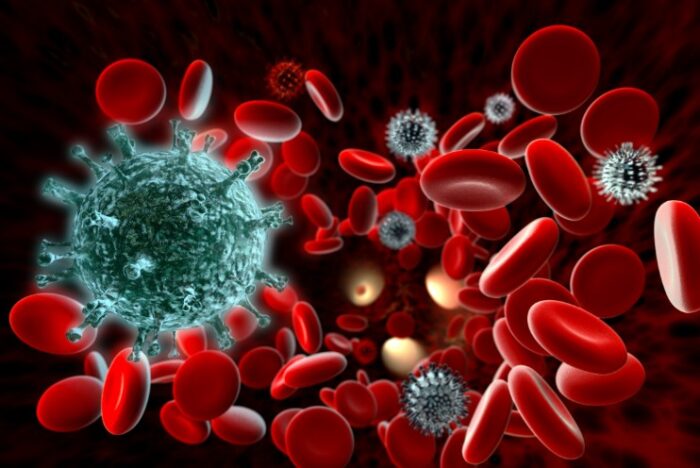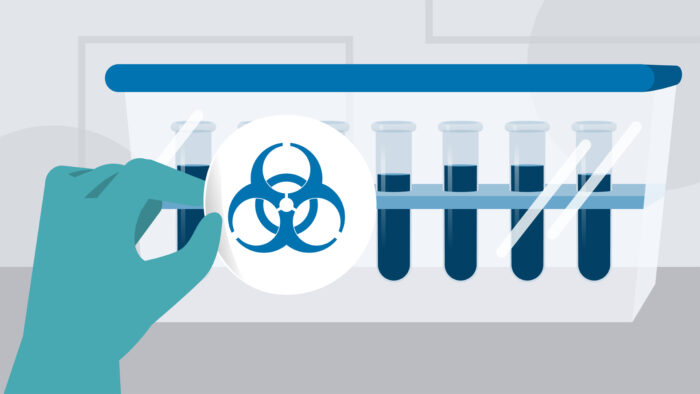
Bloodborne pathogens are microorganisms found in human blood and other bodily fluids that can cause severe infections and diseases. Healthcare professionals, first responders, and individuals in various other professions are at risk of exposure to these hazardous pathogens. Understanding bloodborne pathogens, implementing safety measures, and obtaining appropriate certification are crucial steps in preventing infections and ensuring a safe working environment.
What are Bloodborne Pathogens?

Bloodborne pathogens include viruses such as Hepatitis B (HBV), Hepatitis C (HCV), and Human Immunodeficiency Virus (HIV). These microorganisms can be transmitted through contact with infected blood, as well as other bodily fluids like saliva, semen, vaginal secretions, and cerebrospinal fluid. They can enter the body through cuts, abrasions, punctures, or mucous membranes.
Safety Measures to Prevent Exposure:

Personal Protective Equipment (PPE): Utilize appropriate PPE, such as gloves, face shields, goggles, and gowns when handling potentially infectious materials or providing care to individuals with bloodborne diseases.
Hand Hygiene: Regularly wash hands with soap and water for at least 20 seconds, or use alcohol-based hand sanitizers if soap and water are not available.
Needle Safety: Handle needles and other sharps with extreme caution. Dispose of them in designated puncture-resistant containers immediately after use.
Engineering Controls: Implement safety devices and equipment that minimize the risk of exposure, such as self-sheathing needles and sharps disposal containers.
Work Practice Controls: Develop and adhere to protocols that reduce the likelihood of exposure, such as proper handling and disposal procedures for contaminated materials.
Vaccination: Ensure all employees are vaccinated against Hepatitis B to protect against this particular bloodborne pathogen.
Post-Exposure Protocol: Have a clear plan in place for handling incidents of exposure, including reporting procedures and immediate medical evaluation.
Obtaining Bloodborne Pathogen Certification:
To ensure a safe work environment and meet legal requirements, many professions mandate BBP (bloodborne pathogen) certification. The BBP training covers essential topics like the nature of bloodborne diseases, methods of transmission, prevention strategies, and proper response to potential exposure. Several reputable organizations offer online or in-person certification courses, which can be completed in just a few hours.
Benefits of Certification:

Knowledge and Awareness: Certification ensures that employees are educated about the risks associated with bloodborne pathogens, empowering them to take necessary precautions.
Legal Compliance: Many regulatory bodies, such as the Occupational Safety and Health Administration (OSHA) in the United States, require employers to provide bloodborne pathogen training to relevant personnel.
Risk Mitigation: Proper training and certification can reduce the likelihood of workplace accidents and minimize the potential consequences of exposure incidents.
Confidence and Professionalism: Certified individuals gain confidence in handling their duties, knowing they have the expertise to protect themselves and others.
Conclusion:
Understanding bloodborne pathogens and the precautions necessary to prevent their transmission is essential for anyone working in healthcare or other fields where exposure is possible. By following safety measures, utilizing personal protective equipment, and obtaining proper certification, individuals can effectively safeguard themselves and their colleagues from the risks associated with bloodborne diseases. Staying informed and implementing best practices will lead to a safer working environment and contribute to the overall well-being of everyone involved.














